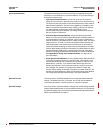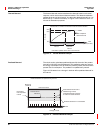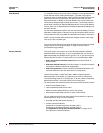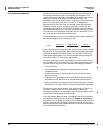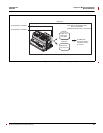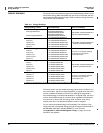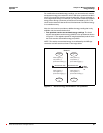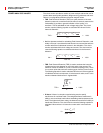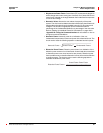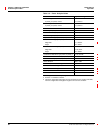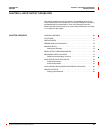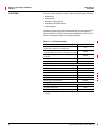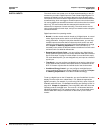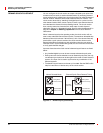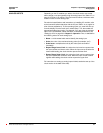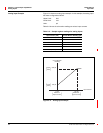
63230-300-212 Chapter 4—Metering Capabilities
April 2001 Power Analysis Values
67
© 2001 Schneider Electric All Rights Reserved
• Displacement Power Factor. Power factor (PF) represents the degree to
which voltage and current coming into a load are out of phase. When true
power factor is based on the angle between the fundamental components
of current and voltage.
• Harmonic Values. Harmonics can reduce the capacity of the power
system. The circuit monitor determines the individual per-phase harmonic
magnitudes and angles through the 63rd harmonic for all currents and
voltages. The harmonic magnitudes can be formatted as either a
percentage of the fundamental (default) or a percentage of the rms value.
Refer to “Setting Up Individual Harmonic Calculations” on page 190 in
Appendix B—Using the Command Interface for information on how to
configure harmonic calculations.
• Harmonic Power. Harmonic power is an indication of the non-
fundamental components of current and power in the electrical circuit. The
circuit monitor uses the following equation to calculate harmonic power.
• Distortion Power Factor. Distortion power factor is an indication of the
distortion power content of non-linear loads. Linear loads do not contribute
to distortion power even when harmonics are present. Distortion power
factor provides a way to describe distortion in terms of its total contribution
to apparent power. The circuit monitor uses the following equation to
calculate the distortion power factor.
Overall Power
2
Fundamental Power
2
Harmonic Power =
Distortion Power Factor =
Overall Power Power Factor
Fundamental Power Power Factor



